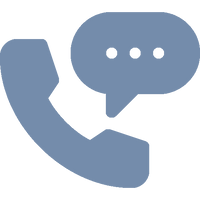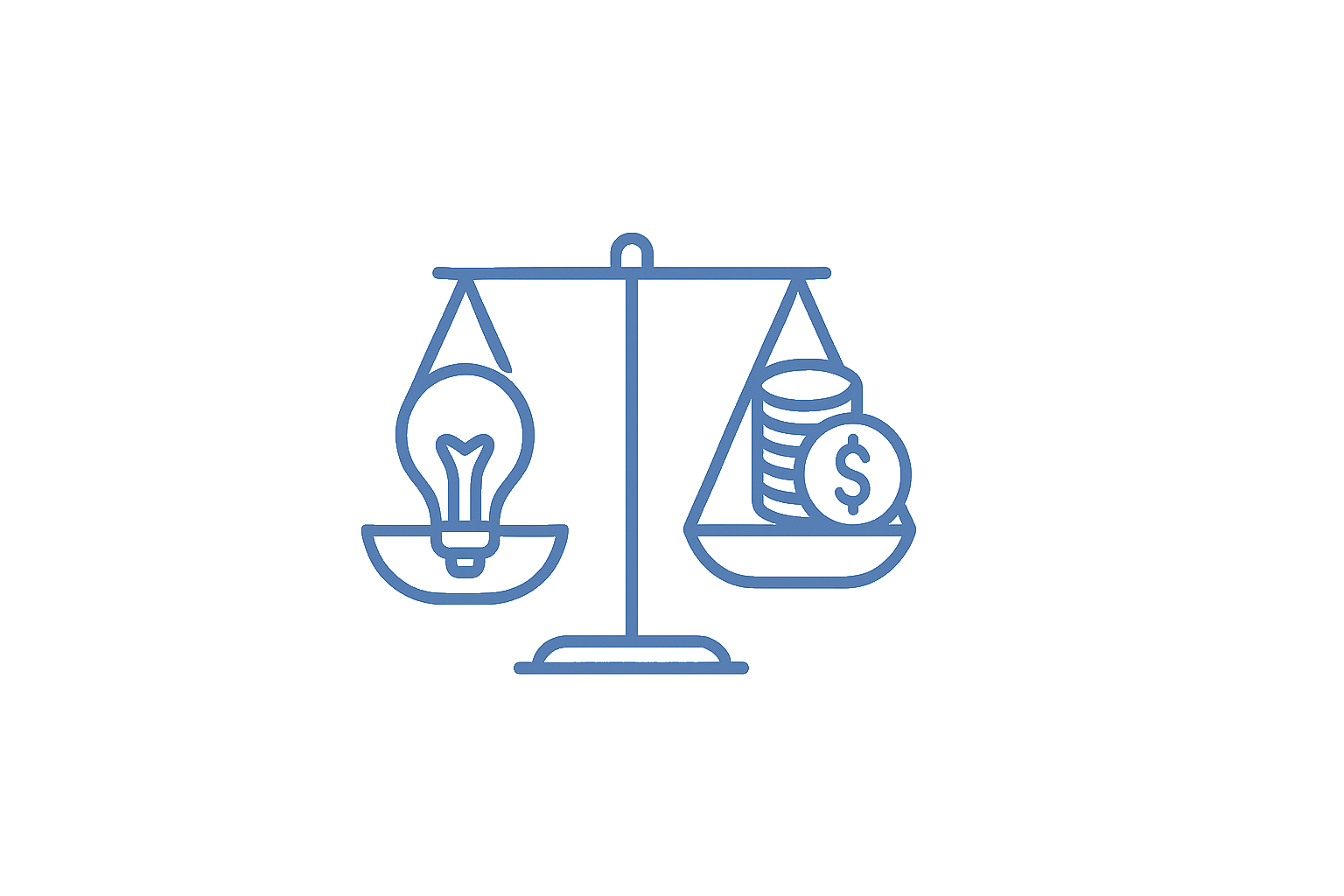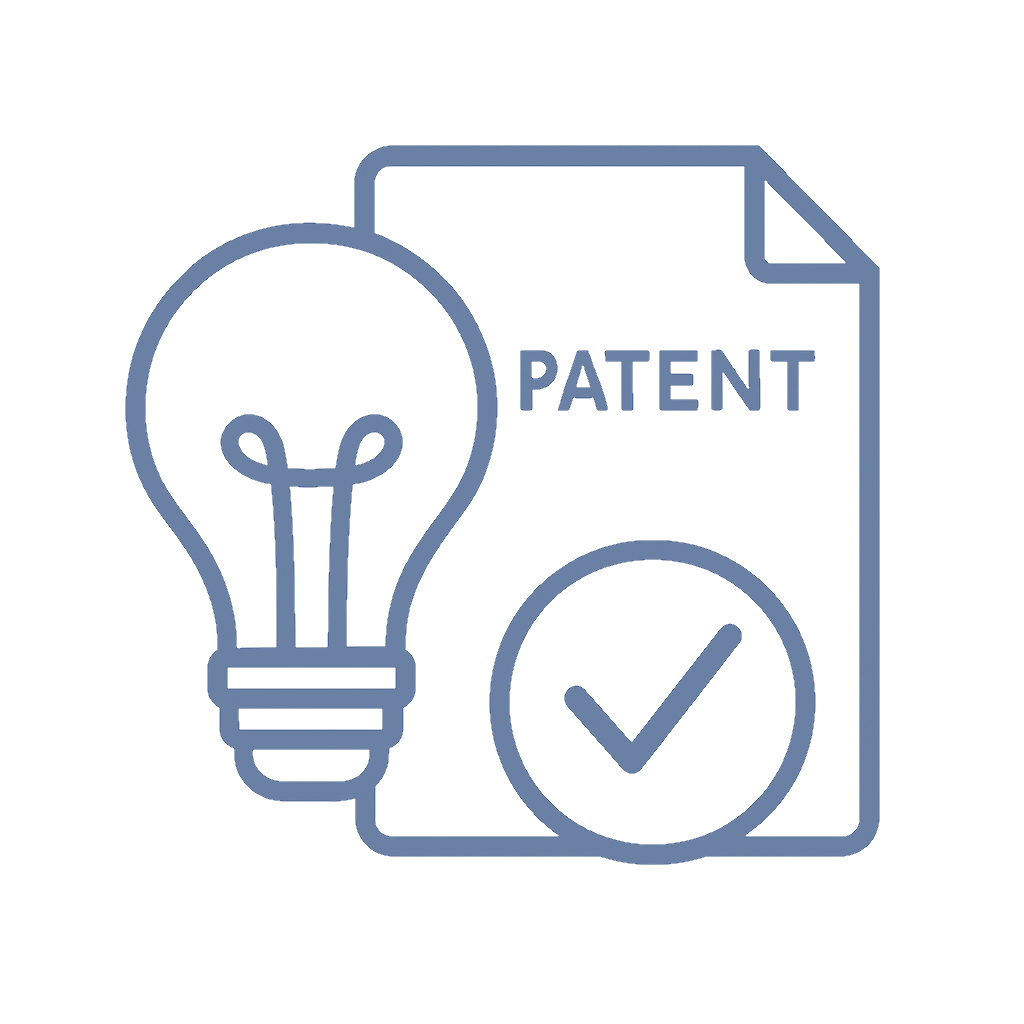📌 Quick Summary
1-Sentence Answer
Patenting an invention can cost anywhere from $1,500 to over $15,000, depending on complexity, attorney fees, and filing stages.
The Article Overview
This article unpacks the real costs of obtaining a patent—from provisional filings to attorney fees—so inventors can budget smartly. We’ll also explore global price comparisons, common misconceptions, and insider tips for saving without cutting corners.
❓ Common Questions & Answers
Q1: Why are patent costs so high?
Because patenting involves attorney expertise, USPTO filing fees, drawings, and research to ensure your invention is truly unique.
Q2: Can I file a patent myself to save money?
Yes, but be cautious—DIY filings often lead to rejected applications or weaker protection.
Q3: What’s the difference between provisional and non-provisional patents?
A provisional patent secures a filing date for about $1,700, while a non-provisional (the full patent) averages $5,000–$10,000.
Q4: Are international patents more expensive?
Absolutely. Filing across multiple countries can exceed $30,000 due to translation, agent, and filing fees.
Q5: Can startups get discounts or grants for patenting?
Yes—many countries offer small entity or micro entity discounts to reduce filing fees for individuals and startups.
📜 Step-by-Step Guide
-
Start with a Provisional Application – This affordable first step ($1,700–$3,000) secures your priority date while giving you 12 months to refine your idea.
-
Hire a Qualified Patent Attorney or Agent – A registered U.S. attorney or UK patent solicitor helps draft claims that stand up in court. Expect $200–$400/hour.
-
File a Non-Provisional Patent – The main filing costs about $5,000–$10,000 and involves detailed claims, prior art searches, and drawings.
-
Respond to Office Actions – USPTO examiners often issue objections; responding may cost an extra $1,000–$3,000.
-
Maintain the Patent – Once granted, maintenance fees at 3.5, 7.5, and 11.5 years total around $4,000–$7,000.
📖 Historical Context
The first modern patent law, enacted in Venice in 1474, gave inventors exclusive rights for 10 years—a revolutionary concept for its time. Fast forward to the 19th century, and the U.S. Patent Act of 1836 laid the foundation for the structured patent system we use today. Back then, filing fees were just a few dollars—proof that innovation inflation is very real.
By the 20th century, the cost of patenting grew alongside industrial complexity. From the Wright Brothers’ $15 filing in 1903 to the biotech patents of the 1990s costing thousands, patent expenses mirrored the sophistication of innovation.
Today, the process spans continents, legal languages, and countless regulations. Whether you’re filing in the U.S., the European Patent Office, or under the Patent Cooperation Treaty (PCT), modern patents reflect both creativity and economic investment.
🏢 Business Competition Examples
-
Dyson Ltd. – Spent millions patenting vacuum innovations to block competitors like Hoover.
-
Apple Inc. – Holds over 75,000 patents globally, often spending $100M+ annually on filings and legal defenses.
-
Tesla Motors – Patented its EV tech extensively before opening patents for public use to accelerate innovation.
-
LEGO Group – Filed hundreds of patents for interlocking brick technology, ensuring brand protection for decades.
💬 Discussion Section
Patents serve as both shields and swords in modern business. They protect small inventors from corporate copycats but can also become weapons in billion-dollar disputes. The true cost of a patent isn’t just financial—it’s strategic. Filing a patent means entering a chess game that involves legal expertise, timing, and foresight.
For startups, budgeting for intellectual property can make or break investment rounds. Venture capitalists often assess patent portfolios before funding, viewing them as tangible proof of innovation. Meanwhile, multinational corporations leverage patent portfolios to negotiate partnerships, block competitors, and build licensing empires.
Across jurisdictions, costs vary dramatically. In the U.S., a mid-range patent might total $8,000; in the UK, £5,000; and in India, ₹1,00,000–₹2,00,000. Yet, regardless of geography, patents symbolize commitment to protecting intellectual creativity.
Smart inventors balance protection with practicality—filing only what truly adds value and aligning IP strategy with business growth. Ultimately, the cost of a patent reflects the cost of ambition: the willingness to bet on your own idea’s future.

⚖️ The Debate
💼 The Pro-Patent View:
Patents incentivize innovation by ensuring inventors can profit from their ideas. Without them, R&D investment would plummet, especially in high-cost sectors like pharmaceuticals and AI.
🔍 The Anti-Patent View:
Critics argue patents stifle competition, create monopolies, and slow innovation by locking ideas behind paywalls. Open-source advocates push for collaborative innovation instead of exclusivity.
✅ Key Takeaways
-
Expect to spend $5,000–$15,000 for a solid U.S. patent.
-
Provisional filings are affordable entry points for startups.
-
Attorney fees make up the largest portion of patent costs.
-
International filings can multiply expenses severalfold.
-
Treat patenting as a business investment, not a formality.
⚠️ Potential Business Hazards
-
Underbudgeting patent costs and abandoning mid-process.
-
Poorly drafted claims leading to weak or unenforceable protection.
-
Missing maintenance deadlines and losing patent rights.
-
Over-patenting ideas with little commercial value.
❌ Myths & Misconceptions
-
“Patents guarantee success.” (They don’t—execution matters.)
-
“You can patent an idea.” (You must patent a specific invention.)
-
“All patents cost the same.” (Costs vary widely by technology.)
-
“Once filed, you’re protected worldwide.” (Protection is jurisdictional.)
-
“DIY patents are just as strong.” (Usually, they’re not.)
📚 Book & Podcast Recommendations
-
Book: Patent It Yourself by David Pressman — https://www.nolo.com/products/patent-it-yourself-pat
-
Book: The Innovator’s Dilemma by Clayton Christensen — https://www.claytonchristensen.com/books/the-innovators-dilemma/
-
Podcast: IP Fridays — https://www.ipfridays.com
-
Podcast: The Inventive Journey — https://inventiveunicorn.com/podcast
⚖️ Legal Cases
-
Apple Inc. v. Samsung Electronics Co. (2011) — https://www.supremecourt.gov/opinions/16pdf/15-777_7lho.pdf — Landmark case on design patent damages.
-
KSR International Co. v. Teleflex Inc. (2007) — https://supreme.justia.com/cases/federal/us/550/398/ — Defined the “obviousness” standard for patents.
-
Alice Corp. v. CLS Bank International (2014) — https://supreme.justia.com/cases/federal/us/573/208/ — Limited software patentability under abstract ideas.
-
Diamond v. Chakrabarty (1980) — https://supreme.justia.com/cases/federal/us/447/303/ — Allowed patents on genetically modified organisms.
📣 Expert Invitation
Are you an inventor or startup founder looking to protect your next big idea?
Join the discussion and connect with experts at InventiveUnicorn.com — where creativity meets protection.
🔚 Wrap-Up Conclusion
Patenting isn’t cheap—but it’s one of the smartest investments an innovator can make. From early filings to global expansion, understanding the cost structure helps you protect your ideas strategically. Whether you’re a garage tinkerer or a startup visionary, every patent tells a story of creativity turned into commercial power.











